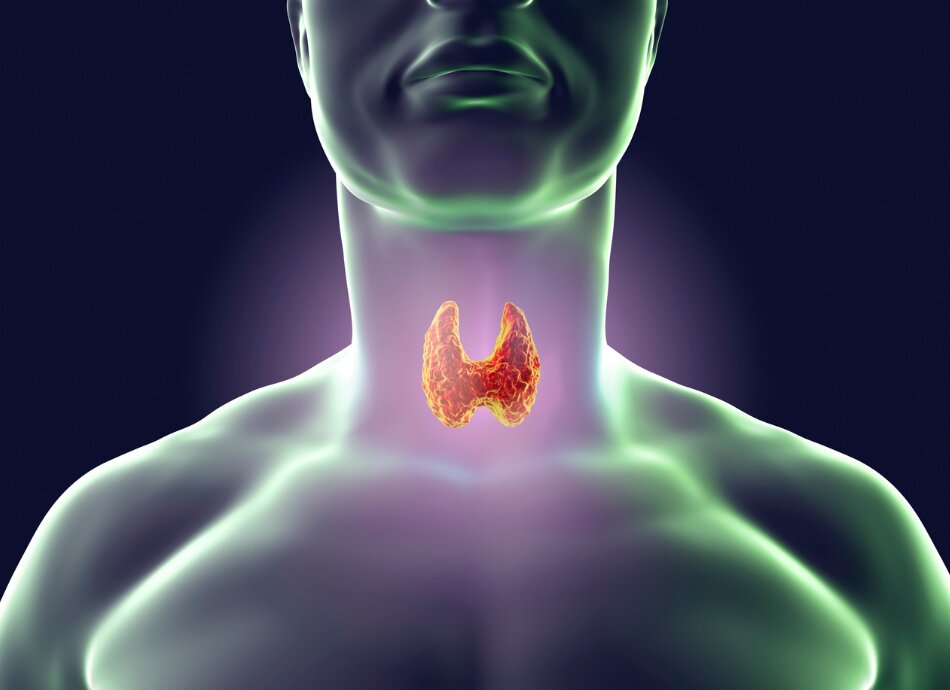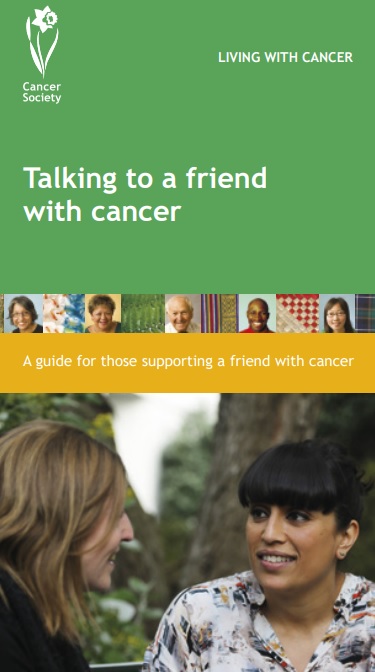The thyroid is a butterfly shaped gland that sits at the front of the neck. It produces hormones (T3 and T4) that are important in controlling your body’s metabolism and calcitonin, a hormone involved in controlling your calcium levels.
Cancer can start in the ‘follicular cells’ that produce and store T3 and T4, known as follicular or papillary thyroid cancer, or from the ‘parafollicular cells’ that produce calcitonin, known as medullary thyroid cancer. Another form of thyroid cancer is called anaplastic and this is quite rare. The most common is papillary thyroid cancer, accounting for about 80% of all thyroid cancers.









